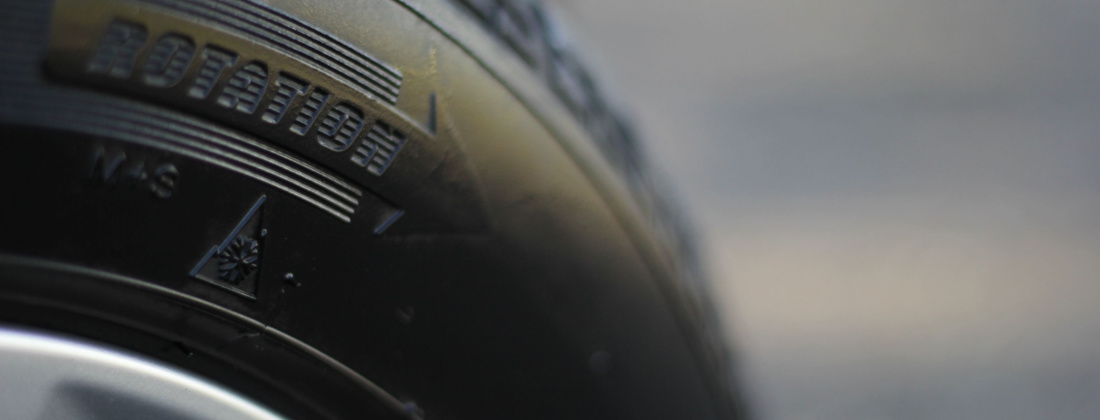
All-weather tires include tread designs and rubber compositions that allow them to be used in rainy situations and in a wide range of hot and cold climates. Because the tires are designed to withstand mild snow, drivers may use them all year in most climates. The rubbers used in all-weather tires are engineered to remain supple and malleable even in temperatures below freezing.
All-weather tires are a great alternative for those who are tired of having to swap between all-season and winter tires. Although the phrase “all-season” indicates that the tires are suitable for all weather, this is not the case. All-season tires are flexible all year, but they are not a viable substitute for winter tires. In addition, they will not give optimal traction in hot temperatures.
All weather tires on the other hand are typically outfitted with the 3-peak mountain snowflake. This means that if you have all-weather tires, you can drive in all summer and winter all year long. The alternative to seasonal tires has its advantages depending on your driving behaviour.
In general, all-weather tires provide a host of benefits that may outweigh some of their inherent limitations for many buyers:
All weather tires include the following components:
The part of the all-weather tire comes in contact with the road surface. The portion in contact with the road at a given instant in time is called a contact patch. The tread is a thick rubber or rubber/composite compound design to provide an appropriate level of traction that does not wear away too quickly.
The bead is the portion of the tire that makes contact with the wheel’s rim. Typically, the bead is strengthened with steel wire and made of high-strength, low-flexibility rubber. It fits snugly against the wheel’s two rims to guarantee that a tubeless tire retains air without leaking. The bead fit is snug to prevent the tire from shifting circumferentially when the wheel revolves.
A sidewall is an essential part of the tire that bridges the tread and bead. Most sidewall is rubber, but it is reinforced by a fabric or steel cable for tensile strength and flexibility. It holds air pressure and transmits the torque exerted by the drive axle to the tread to provide traction, although it only sustains a small portion of the vehicle’s weight.
Plies are layers of relatively inextensible cords embedded in the rubber to hold its shape simply by protecting the rubber from stretching in response to the internal pressure.
The shoulder is the part of the All-weather tire at the edge of the tread and makes a sidewall transition.
All-weather tires may be installed at any time because they are designed to function all year in mild regions. Ward Tirecraft 3681, in Sunridge all-weather tires are designed to provide excellent traction in both summer and winter situations and exceptional braking ability on dry, wet, and slushy roads. They provide excellent mileage and driving economy.
Suppose you reside in a temperate region and never have to deal with severe winter or extreme summer circumstances. In that case, all-season tires are an excellent choice since they provide excellent year-round performance and better ease for the driver.
If you are planning to buy an effective and quality set of all-weather tires with long-lasting warranty and guarantee for your automobile, then you have come to the right spot. Ward Tirecraft 3681, in Sunridge has everything available for your automobile requirements. We specialize in delivering all types of tires such as Michelin, Bridgestone and more.
We also offer automotive mechanical services at most of our locations. Services include wheel alignments, front-end work, steering, suspension, tire changeover and more.
At our commercial centres, we can help you with your commercial tire needs, on-road tire services, and heavy-duty wheel alignments. We are also the solution for any OTR and agricultural needs in Sunridge.
Shop our tires, book an appointment, or call to speak with our service advisors today.